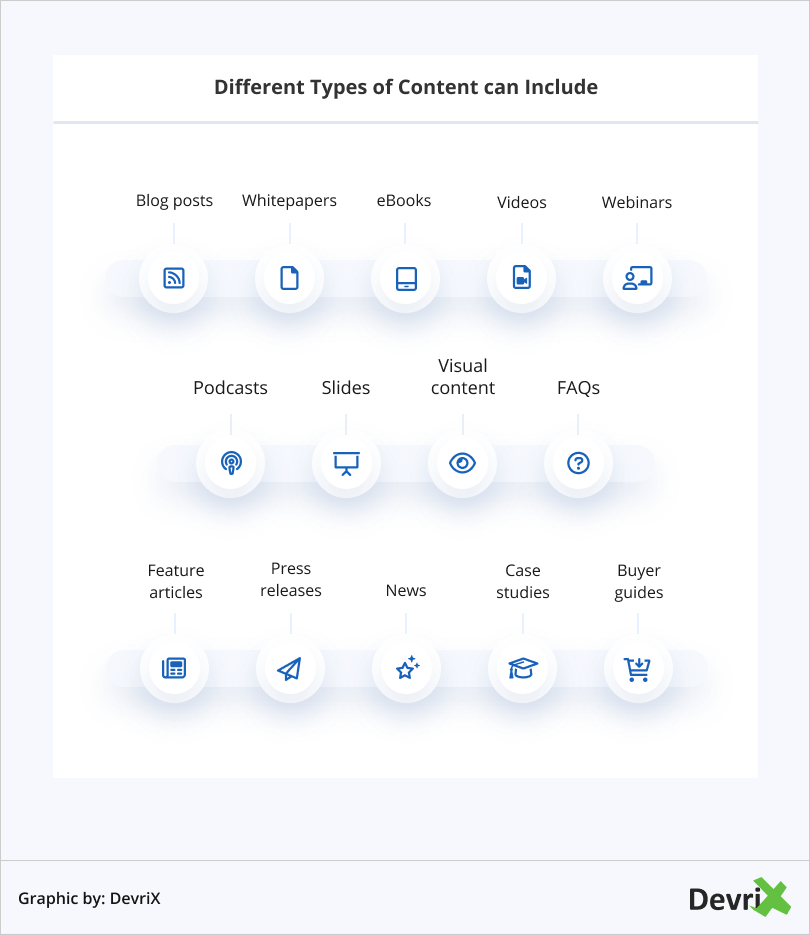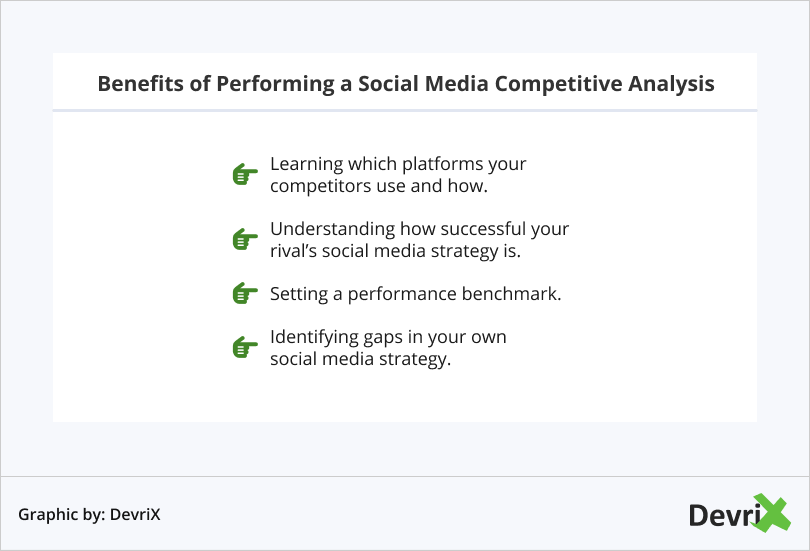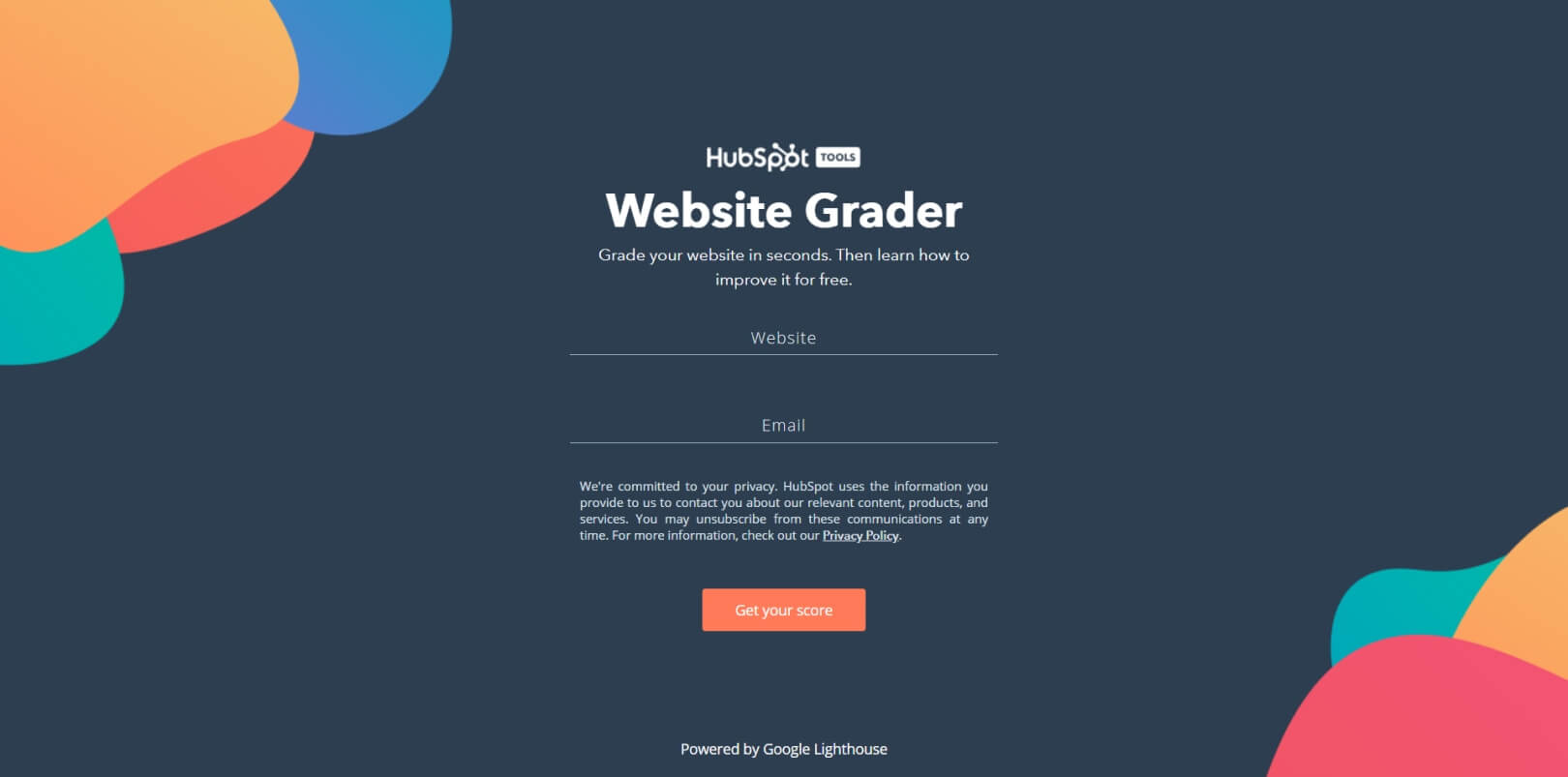Picking out your target audience and designing a lead generation strategy to attract them is only one part of ensuring the success of your business. The other is understanding what your competitors are doing, and the best way to do that is to perform a competitive analysis.
The digital space is a powerful tool that can both strengthen and damage your business’ strategic positioning. The key to benefiting from it is to create systematic advantages that your rivals cannot copy.
Many businesses conduct a competitive analysis before they develop their marketing strategy, and often don’t review it as often as they should. This should absolutely change, as sometimes keeping a close eye on your competitor’s moves can let you know how you can adjust your marketing initiatives and perform them.
In this article, we have prepared a comprehensive guide for performing a competitive analysis regardless if you want to develop or revisit your digital marketing strategy. We will highlight the main point you need to pay attention to and show you how to use these insights to establish your presence.
What is Competitive Analysis?
Let’s begin with defining competitive analysis. This is the process of understanding how your competitors differentiate their brand by researching and analyzing their marketing strategies, product mix, brand voice, and customer perception.
It is usually performed to pinpoint the strengths and weaknesses of rival market players, identify your organization’s standing point in relation to them, spot gaps and evaluate how you can fill them.

Three Questions to Ask Before Getting Started
If you are still unsure what competitive analysis is, the following question will make the concept clearer:
Q: What Types of Organizations Should I Consider as Competitors?
When performing a competitive analysis, you’re essentially comparing your business, product, and service to other companies so you can find similarities and differences. As such, it’s really important to pick the right competitors to analyze.
A competitor is any business advertising products exactly like, or similar to yours in the same geographic and demographic territory. Generally can categorize your competitors as direct and indirect.
- Direct competitors are companies that sell to the same target customer as you, offering a similar product/service to satisfy the same need. These can sometimes pass as substitutes for your offering.
- Indirect competitors are companies that sell to the same target customer, satisfying their needs with a different product/service.
Although these two terms sound straightforward enough, they are often misused. So it’s very important that you correctly group your competition as direct and indirect. For example, Nike and Adidas both sell athletic clothing, footwear, accessories and equipment-making their direct rivals. Converse, however, sells only footwear, making them an indirect competition to Nike.
Q: Do I Need to Analyze All of My Competitors?
The players you choose will determine your final estimations as well as how you perceive your company. You should compare your business to your direct competitors, while also keeping a close eye on your indirect rivals.
In the tech industry, for example, there are many competitors fighting for your audience and realistically it would be impossible to analyze all of them. The good news is you don’t have to. You just need to pick a few of your biggest competitors – we recommend between 5 and 10. The more overcrowded your market is the more competitors you should include in your analysis.
Q: Why is a Comprehensive Competitive Analysis an Important for My Business?
To gain and keep an upper hand within your industry, you need to gain valuable insights on your competitors. Once you do, you’ll be able to:
- Understand Market Conditions – Consider how your existing and potential clients rate your competition.
- Identify Strengths and Weaknesses – Gain distinguishing proof of your rival’s qualities and shortcomings.
- Adjust Your Marketing Strategy – By getting to know your ideal customers and how your competitors market their products to them, you will be able to find the optimal way to reach your target market.
How to Perform a Competitive Analysis
To conduct a successful competitive analysis follow the following steps:
- Conduct Market Research
- Examine Your Competitor’s Content Strategy
- Break Down Your Reval’s SEO Efforts
- Analysis of Your Competition’s Social Media Integration
- Evaluate Your Competitor’s Top Performing Marketing Campaigns
Step 1: Research Your Market
Thorough market research can supply you with valuable data about your competitors’ go-to-market strategy.
First, you need to get to know your rivals by collecting as much information about them as you can. This includes looking into their company background, previous campaigns, the types of customers they attract, their organizational strengths and weaknesses, and the size of their market.
Next, you should evaluate their digital marketing strategy. This means researching and analyzing their content strategy, the different channels they populate and why, what is their unique selling point, and how they promote and price their products/services.
You can do this market research within your organization or you can hire a professional agency to do it for you. However, while a marketing research firm can spare you time and legwork, it can be costly if you’re a new and developing organization. A great part of the data you would need to collect is available to all entrepreneurs. For example, you can easily go through your competitor’s websites, look up their social media profiles and mentions, browse their products/services pages, and search the web for old campaigns of theirs.
As your business develops and grows, you should consider supporting your own research with some formal analysis conducted for you by an outside firm.

Step 2: Examine Your Competitors’ Content Strategy
Once you have distinguished your rivals, you can kick start your investigation of their content strategy.
Start by examining the different types of content that your competitors are producing. Some questions to ask:
- Do my rivals have a blog? If yes, then what topics do they write about?
- Do they create other forms of long-form copy like whitepapers, case studies, eBooks, etc?
- Do they leverage video content? How? In what forms?
- Do they repurpose their content and how?
- Which channels and platforms do they populate? Where do they have the most engagement?
- Do they collaborate with influencers? If yes, how successful are they at it?

When you realize what format and style of content your rivals are distributing, it will gain a better idea of where you have to invest more effort and resources.
Step 3: Break Down Your Rivals’ SEO Efforts
While analyzing the kind of content your rivals are creating, it’s important to look at its SEO structure. Performing an SEO competitor analysis will help you uncover new opportunities to get more traffic, rank higher in search, and earn more conversions. The main principle of this analysis is to analyze what works for your competitors and how you can leverage this knowledge to your advantage. Done right, it will help you answer questions like:
- Who are my SEO competitors?
- What are the keywords they target?
- What topic do they cover?
- What kind of links do they have?
- Where can I find and build better links?
- What else do I need to know and do to beat my competition?
To get insightful answers to the following questions you can first start by Googling your competitors. This will give you an overview of which topics and keywords they rank for.
Next, use a tool like Ubersuggest or Semrush, to get a more precise look at their organic traffic. They will give you information on your rivals’ monthly organic traffic, the main keywords they rank for, the estimated price from the keywords, as well as an estimated non-branded and branded traffic.
Here are a few tips on how to turn this information into valuable strategic knowledge:
- Keyword Ranking – The most successful keywords will tell you what topics are popular for that target market.
- Site Traffic – The search volume and number of organic traffic based on those keywords will give you an idea of the consumer behavior of their target market.
Popular Pages – The most popular pages via organic search can give you ideas on how to improve your site’s structure, in terms of inbound and outbound links, anchor texts, alt tags, etc. - Website Authority – By checking your competitors’ domain authority you will let you know what their ranking strength is. This will help you identify the popular and competitive keywords to target and improve your own ranking. You can use Moz’s Free Link Explorer.
All of these can supply you with ideas on how to optimize and enhance your campaigns, so you can improve your rankings and conversions.

Step 4: Analyse Your Competition’s Social Media Integration

Social media platforms offer an awesome route for organizations to engage and interact with clients and fans, grow their brand’s online presence, improve brand awareness, and ultimately reach more people. If you wish to transform and enhance your social media strategy, then analyzing what your competition is going is a good place to start.
Performing a social media competitive analysis will help you:
- Identify which platforms your competitors populate.
- Learn how they use those platforms.
- Evaluate how successful their social media strategy is.
- Benchmark your own results against your competition’s.
- Spot social media threats for your business.
- Point gaps in your own social media strategy.
The end results of a good social media competitive analysis are plenty. You can set better performance benchmarks for your business like engagement rates, the average number of followers, brand mentions, etc. You can get ideas for when are the best times to post, and what type of content resonates with your audience. Additionally, you’ll be able to get a better understanding of your prospects’ pain points as well as how to effectively communicate with them.
Related: When, What, and How to Update My Website?
Step 5: Evaluate Your Competitor’s Top Performing Marketing Campaigns
Once you have reviewed your rivals’ internal (content) and external (social media) digital marketing strategies, you should have an idea of what tactics your competition is prioritizing. For example, they can be trying to get the attention of a specific audience, or they are working towards promoting products/services within a specific category.
To get the right insights from competitor campaigns consider the following:
- The Main Goals of the Campaign – Lead generation, sponsorship, brand awareness, new product/service launch, etc. You should also consider why they want to achieve these goals.
- The Target Audience – Are they targeting an existing customer base or do they want to attract a new one.
- Your Competitors’ Strategic Positioning – Their unique selling point.
- The Main Message and Taglines – Understand what they want to communicate to the audience, and how authentic they are.
- Collaborations – Notice if they are collaborating with influencers or other brands competitive to yours.
Make sure to perform a competitive campaign analysis regularly, preferably on a monthly basis. Offers can change and by monitoring these changes you can adjust your own campings in a timely manner.
Best Tools to Conducting Competitive Analysis
Marketing Grader
The product works in competitive analysis, including searches of how your organization site stacks up against your competitors. It gives insights on the conduct of the clients you’re attempting to attract. It gives a score of how you and your rivals are doing on the web. Accepting your own particular advertising evaluation is free, yet having the capacity to perceive how you stack up against others in your industry requires a membership to their product.

MOZ
This tool has the capacity to decide the quality and power of your site. You will get the result in conjunction with different sites in your specialty. So you can, at last, decide how their substance is performing, and also the methods of substance advancement that are bringing the best results.

Raven
You can use this tool to inspect backlinks reports, pick up understanding on any site execution issues, and also rapidly get to an extensive perspective of watchword positioning and on-page methodology, including stay content. It’s easy to move your own particular system and pick up understanding into how your rivals are visitor posting and improving their blog articles.

Bottom Line
You have to return and also monitor these steps on a quarterly premise. If your rivals are extremely active, then you have to do it more monthly.
Performing a competitive analysis is an invaluable strategic action to take. It is vital to benchmark your performance against your rivals. You can’t compete successfully if you’re not aware of the strategic marketing tactics of your rivals.




![Influencer Marketing Statistics Every Business Should Know [Infographic]](https://devrix.com/wp-content/uploads/2019/10/Influencer-Marketing-Statistics-Every-Business-Should-Know-Infographic@2x-380x160.png)